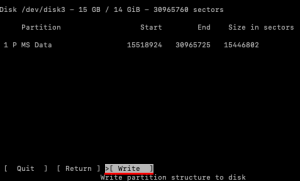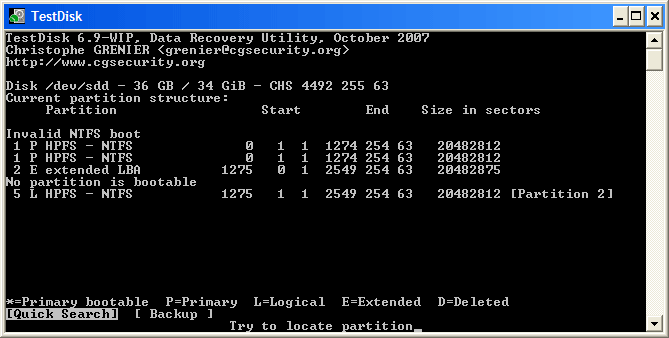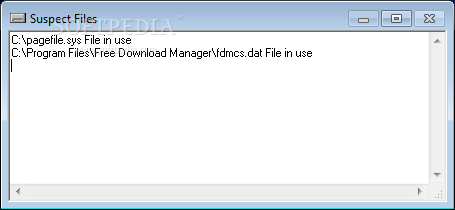


After selecting the files, press C (upper-case) to copy the selected files.Alternatively, you can press the a button (case-sensitive) to select all the files. Use the arrow keys to navigate the files and press the ' :' key to select the highlighted files.TestDisk will display a list of all recoverable, deleted files.Again, use the left and right arrow keys to highlight the Undelete option at the bottom of the screen.Use the arrow keys to highlight Advanced and press Enter.Pick whatever option is highlighted by default, i.e., simply press Enter. You'll now be prompted to choose a partition table type.It should have Generic Flash Disk written next to it. Use the arrow keys to navigate, and select the USB drive.You'll be asked to select the storage media on the next screen.Choose whatever option you desire using the arrow keys. In the console window, you'll be prompted to create, append, or not create a log file.Ensure that you run the program as administrator. Open TestDisk using the testdisk_win.exe file located in the TestDisk directory.Snap! - Chatbot Empathy, Weightlessness Machine, Toppling Robots, Bionic Eye Spiceworks Originalsįlashback: May 2, 1983: Microsoft Introduces 2-Button Mouse (Read more HERE.)īonus Flashback: May 2, 1952: Comet inaugurates the jet age (Read more HERE.Students use a mix of Chromebooks and iPads.In an ideal world, I would be looking for something managed through a console where I can see everything, but the reality is. I am looking for an antivirus solution for a school with approx 30 staff laptop users.



 0 kommentar(er)
0 kommentar(er)
